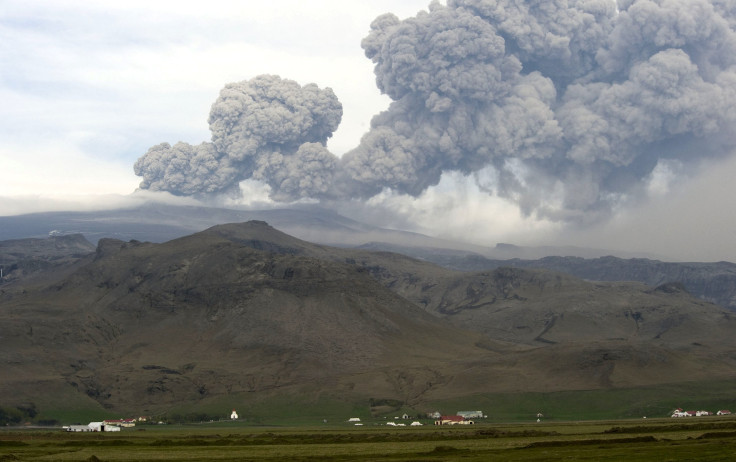Bardarbunga, Iceland’s Largest Volcano, At High Risk Of Eruption; Air Traffic Warning Issued

Intense seismic activity observed at Iceland's Bardarbunga on Saturday has prompted the country’s Met Office to issue a warning for airlines about a potential eruption at the volcano, which is located beneath Vatnajokull, Europe’s biggest glacier. Officials said they have noticed very strong signs of magma movement through underground fractures.
On Monday, the Met Office changed the Bardarbunga aviation color to orange, which is the fourth level on a five-grade scale and indicates “heightened or escalating unrest with increased potential of eruption.” According to officials, a magnitude-4 earthquake on Monday -- the strongest in the region since 1996 -- was triggered at one of two seismic swarms that are connected to the heightened movement of underground magma.
“Presently there are no signs of eruption, but it cannot be excluded that the current activity will result in an explosive subglacial eruption, leading to an outburst flood (jökulhlaup) and ash emission,” the Met Office said in a statement.
The Bardarbunga volcano, which is 15.5 miles wide and rises nearly 6,234 feet above sea level, last erupted in 1910. However, signs of smaller, undiscovered eruptions since then may be buried under a thick cover of ice, Discovery News reported.
According to the Met Office, seismic activity has been gradually increasing in Bardarbunga over the last seven years. In the middle of May, there was a small swarm of more than 200 tremors, while the present swarm has reportedly already generated at least 300 earthquakes.
“The clues from the pattern of earthquakes show that seismic energy is being expended in two main clusters -- one to the northeast on the glacier margin, and one to the east under the ice,” Dave McGarvie, a volcanologist at the Open University in Scotland, said in a statement.
In May 2011, ash from Iceland’s Grimsvotn volcano forced flight cancellations in Scotland, northern England and Germany. An eruption of the Eyjafjallajokull volcano in April 2010 caused the cancellation of more than 100,000 flights, Bloomberg reported.
“The good news for air travel is that both these clusters are away from the heart of the main volcano, as it's in the heart that the kind of magma is produced which leads to highly explosive eruptions that produce the abundant fine ash capable of being transported long distances through the atmosphere,” McGarvie said.
© Copyright IBTimes 2024. All rights reserved.












